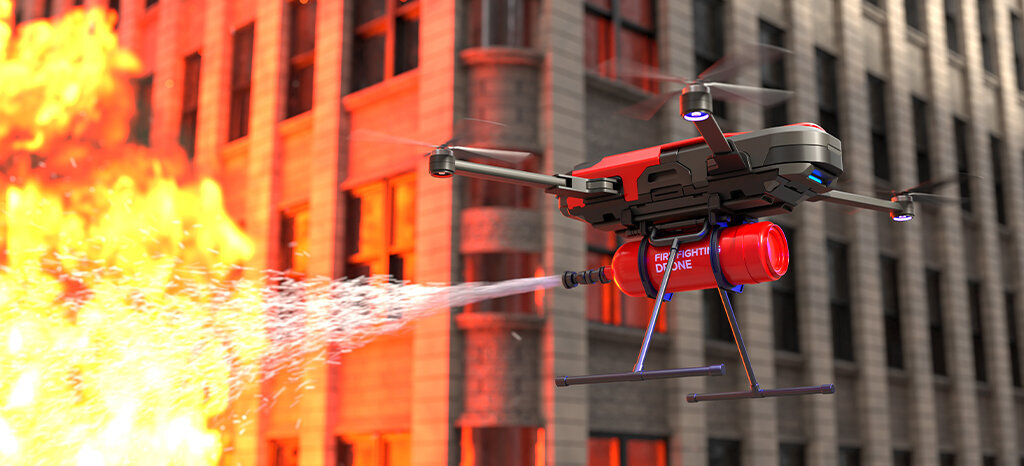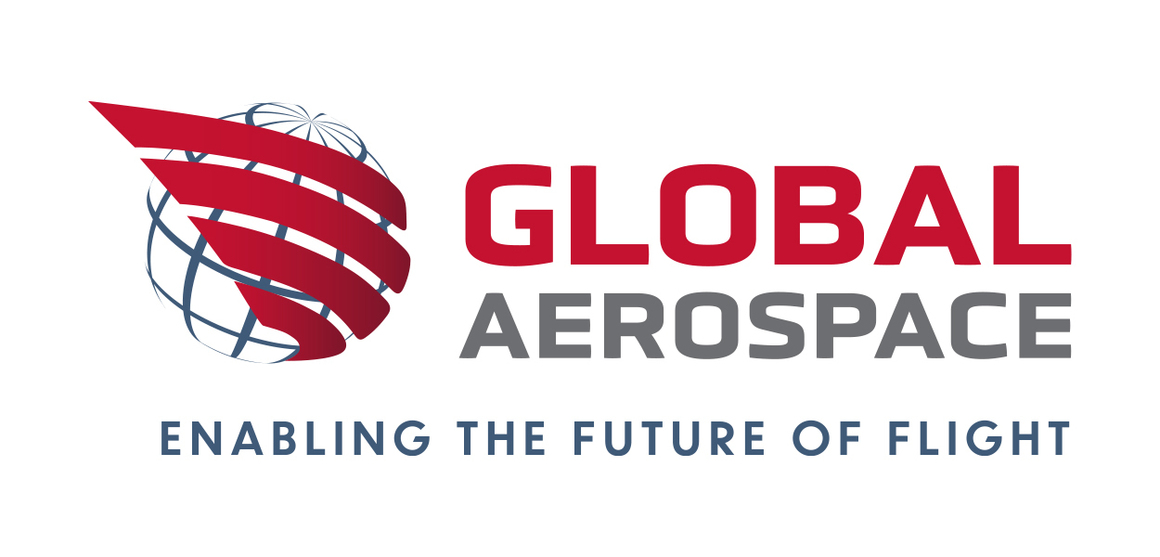
For years, the benefits of Unmanned Aircraft Systems (UAS) have been affected by a single, fundamental limitation: keeping the aircraft in sight. While the industry has thrived under the FAA’s Part 107 rules, its true potential has been restricted, confined to the visual range of a human pilot.
Now, with the recent publication of the Notice of Proposed Rulemaking (NPRM) for Part 108, the horizon is expanding. This proposal represents the most significant regulatory step toward normalizing Beyond Visual Line of Sight (BVLOS) operations in the United States, creating a pathway for drones to become a truly scalable, autonomous workforce.
The FAA’s new Part 108 proposal may not have all the answers, but it sets the stage for BVLOS to become a safe and scalable reality. However, this framework requires active industry engagement to refine it into a practical, powerful and insurable foundation for the future of aviation.
The Current Landscape: A System Built on Waivers
The commercial drone industry has historically been governed by Part 107, a regulatory framework that successfully standardized operations for small UAS under 55 pounds within Visual Line of Sight (VLOS). This rule was instrumental in creating a professional ecosystem of certified pilots, registered aircraft and safe operating procedures.
For any operation that needed to go beyond these constraints, particularly BVLOS, the only path forward was through a complex, case-by-case waiver or exemption process. While necessary, this reliance on waivers has created a regulatory bottleneck. The process can be cumbersome, and the lack of a standardized framework has led to inconsistencies that limit an operator’s ability to scale.
Businesses planning to conduct large-scale infrastructure inspections, agricultural surveying or package deliveries found themselves hampered by a system that was not designed for the economic or logistical realities of routine BVLOS flights. This patchwork of approvals prioritizes safety but inadvertently inhibits investment and innovation. The industry has made clear its need for a predictable and scalable path forward, and Part 108 is the FAA’s direct response.
An Overview of Part 108
Announced as part of a broader initiative to “unleash American drone dominance,” the Part 108 NPRM seeks to replace the waiver-dependent system with a common set of standards built for the unique challenges of BVLOS. It is crucial to understand that Part 108 is not an extension of Part 107. Instead, the FAA has created a distinct and separate framework tailored specifically for the higher risks and advanced capabilities associated with BVLOS missions.
One of the most consequential shifts in the proposal is moving primary responsibility from an individual pilot to the operating organization as a whole. Under Part 107, the remote pilot in command (RPIC) holds ultimate authority. Part 108 redefines this structure by eliminating the requirement for a certificated pilot in the traditional sense. It recognizes that highly automated BVLOS operations are managed more through system oversight than by traditional stick-and-rudder skills.
This new model introduces key organizational roles:
- Operator. The person or entity that conducts operations under Part 108.
- Operations supervisor. An individual designated by the operator who holds final authority over the safety and regulatory compliance of missions.
- Flight coordinator. An individual who monitors a UAS during flight and can issue commands or initiate emergency actions, serving a function similar to a pilot-in-command but without the formal certification.
By focusing on the organization’s processes, training manuals and safety culture, the FAA is building a regulatory model that is better suited for managing fleets of autonomous aircraft at scale.
Why BVLOS Matters for Operators and Manufacturers
The transition from VLOS to BVLOS is not just an incremental step. It is a complete transformation of what drones can achieve. For operators, BVLOS unlocks business models that were previously impractical or impossible.
Imagine inspecting hundreds of miles of pipeline, surveying vast agricultural fields in a single flight or delivering medical supplies to remote communities. These are the use cases that Part 108 is designed to enable, creating unprecedented efficiencies in logistics, public safety and infrastructure management.
For manufacturers, the proposal provides a clear path for innovation. A lack of defined standards had created uncertainty in the market, making it difficult to design, test and finance new aircraft built for complex missions. Part 108 introduces a formal “airworthiness acceptance” process, requiring manufacturers to demonstrate that their aircraft meet established FAA safety standards for design, construction and performance.
This is not the same as a traditional airworthiness certificate used in manned aviation, but it provides a predictable pathway to market. With a known regulatory target, manufacturers can confidently develop the next generation of UAS.
The Insurance and Risk Management Perspective
From an insurance perspective, the current waiver-based system requires attention to the exceptions/waivers currently part of the PART 107 regulations. When PART 107 was introduced in 2016, UAS technology emphasized line of sight operations. Since then, technological improvement has allowed the UAS industry to consider BVLOS business applications. Part 108 aims to bring clarity and predictability to this expanding risk landscape.
A standardized framework will allow insurers to better assess risk and develop more refined products. The proposal’s emphasis on organizational responsibility is particularly beneficial. Requirements for a comprehensive company operations manual, personnel training, duty and rest limitations and, for higher-risk “certificated” operators, a Safety Management System (SMS) all contribute to a more robust and insurable safety culture.
Additionally, by clearly defining the roles of the operator, operations supervisor and flight coordinator, Part 108 helps simplify liability, making claims handling more straightforward in the event of an incident. As these standards become ingrained, the industry can expect to see improved safety records, which will foster greater confidence from underwriters and help drive down insurance costs.
Refining the Framework: The Importance of Public Engagement
While stakeholders are generally excited about the proposal, it also has its critics. At recent industry events like the Commercial UAV Expo, the consensus was clear: Part 108 is a welcome development, but the initial draft may be too rigid or flawed in certain areas. Some have raised concerns that the requirements could impose excessive burdens on smaller operators or that specific technical standards may not align with the pace of innovation. Specifically, the proposal as currently written means a drone would have right of way over manned aircraft below 400 feet thereby altering the current see-and-avoid rules. The proposal also calls for a low cost position reporting system for aircraft not using ADS-B that has yet to be built so naturally questions remain over this.
This feedback is not a setback—it is a critical part of the regulatory process. The FAA invited public comments on the NPRM, giving operators, manufacturers, insurers and other stakeholders the opportunity to provide constructive feedback and help shape a final rule that is both safe and practical. History shows that FAA regulations often remain in place for many years, so ensuring the framework is workable from the start is essential for the long-term health of the industry.
A Milestone, Not a Finish Line
Part 108 is poised to become the regulatory foundation that drives the UAS industry into its next era of growth and innovation. By creating a standardized, scalable and predictable pathway for BVLOS operations, the FAA is laying the groundwork for a future where autonomous aircraft are seamlessly integrated into the national airspace.
Operators, manufacturers and risk management partners must stay engaged, submit their comments and help the FAA build a regulatory structure that unleashes the full potential of UAS technology safely and responsibly. Part 108 is the key to unlocking the future, but it is up to the industry to help turn that key.
About Global Aerospace
Global Aerospace has a century of experience and powerful passion for providing aviation insurance solutions that protect industry stakeholders and empower the industry to thrive. With financial stability from a pool of the world’s foremost capital, we leverage innovative ideas, advanced technology and a powerful synergy among diverse team members to underwrite and process claims for the many risks our clients face. Headquartered in the UK, we have offices in Canada, France, Germany and throughout the United States. Learn more at https://www.global-aero.com/
Global Aerospace Media Contact
Suzanne Keneally
Vice President, Group Head of Communications
+1 973-490-8588







